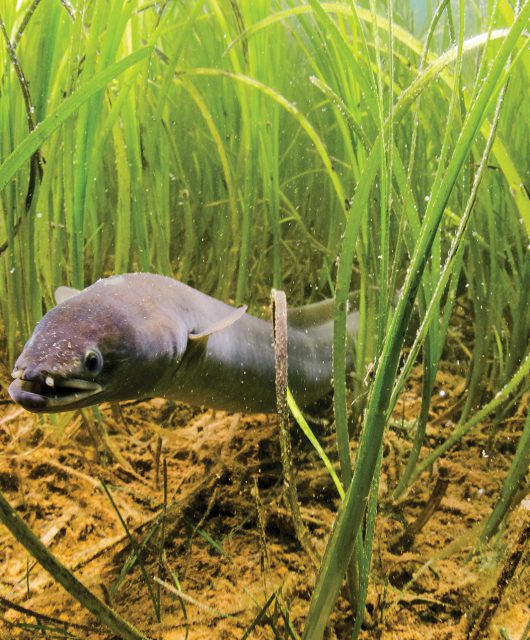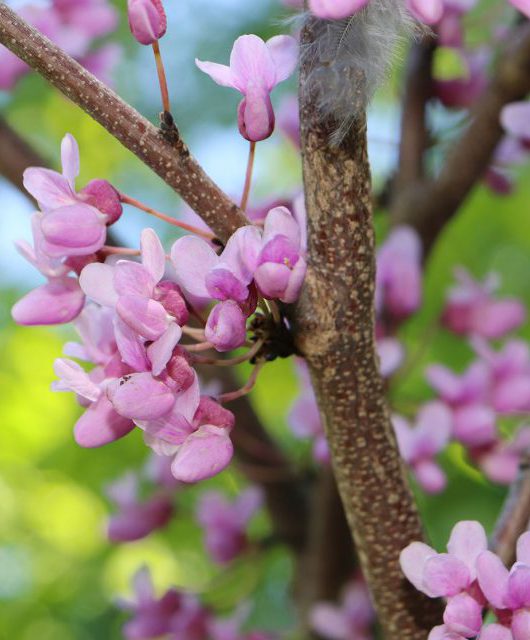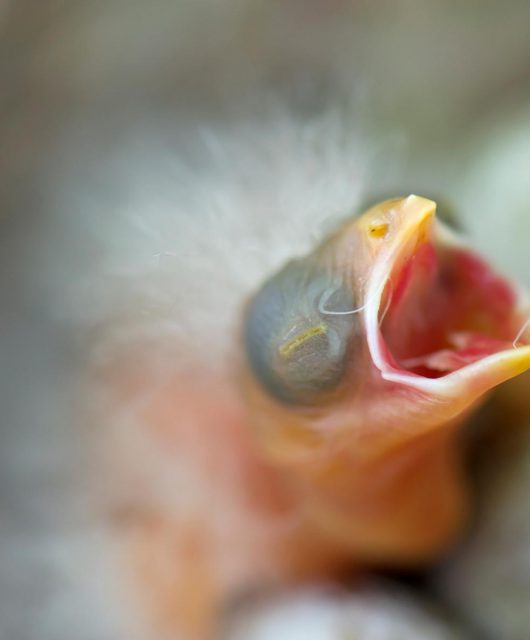Mention Common Loons and images of pristine lakes echoing with the enchanting calls of these beloved water birds probably comes to mind.
However, recent data reveals a cry for help might be necessary to save this iconic Canadian species.
Using four decades of data from the Canadian Lakes Loon Survey, Birds Canada looked at the impacts of several perceived threats to loon productivity. To measure productivity, they looked at the number of six-week-old young per pair. To keep loon populations healthy, productivity must be greater than 0.48 six-week-old young per pair per year. If productivity falls below this threshold, loon populations could decline.
How are Canada’s loons doing based on the data? In short, not that good! Over the past 30 years, their productivity has declined at a rate of -1.4% per pair per year. In the early ‘90s, loons were producing more than 0.7 young per pair per year on average. Compare that to recent years where loons are, on average, producing 0.55 young per pair per year and we’re trending a little too close to that 0.48 number.
While declines have occurred throughout most of Canada, rates of decline are not uniform across the country. The greatest declines happened in the Atlantic provinces. Since the early 2000s, loon productivity has dropped below 0.48 young per pair per year. While declines occurred in British Columbia, Ontario and the Prairie provinces, they aren’t as severe, with productivity remaining above the 0.48 young per pair per year threshold for most years. Things are a little better for loons living in Quebec lakes – their productivity seems to be holding steady.
Let’s look at some of the apparent risks faced by Common Loons and see what the Canadian Lakes Loon Survey data had to say about each of them.





2 comments
What is being done or what could be done to protect them?
There are several things people can do to help loons, especially those that use lakes or live on lakes. As noted in the blog people can make sure they have a good shoreline buffer which will help create nesting areas for loons, leave overhanging vegetation to enhance habitat for fish – an important food source for loons, and when boating people should be careful of their wake so they don’t destroy loon nests or injure loons. People can also volunteer with Birds Canada to help with their Canadian Lakes Loon Survey. More information on this can be found at Birds Canada – Canadian Lakes Loon Survey position description 2022 – Page 1 (publitas.com) https://view.publitas.com/birds-canada-gykxaz9yrrpp/canadian-lakes-loon-survey-position-description-2022/page/1